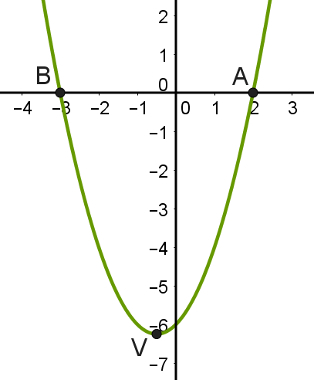What plants, algae and cyanobacteria do photosynthesis it's not new. However, do you really know what photosynthesis is? Next, we'll talk more about this process and get to know its two basic activities: a reaction luminous light and the carbon fixation reaction.
→ What is photosynthesis?
Photosynthesis is defined as a process in which solar energy is captured and organic molecules are produced. This process is fundamental for the survival of life on the planet and is the main way in which energy enters the biosphere. In plants, the photosynthesis process takes place in specialized structures inside the cells, called chloroplast.
Do not stop now... There's more after the advertising ;)
→ What are photosynthesis reactions?
Photosynthesis is divided into two basic processes: light reaction and carbon fixation reaction. In the first reaction, two photosystems are involved, which are units formed by pigment molecules. In these photosystems, there are two regions: the antenna complex and the reaction center
. The antenna complex collects light energy and carries it to the reaction center. In the reaction center, a pair of chlorophyll a is present, responsible for using light energy in the reaction.Mind Map: Photosynthesis

* To download the mind map in PDF, Click here!
There are two types of photosystem, which work together: photosystem I and photosystem II. In photosystem I, a pair of special chlorophyll molecules, called P700, is related to the optimal absorption peak. Photosystem II has a pair of chlorophyll a called P680.
-
Luminous reaction: Initially, the light energy enters the photosystem II and passes to the chlorophyll P molecules680. This molecule is excited, and the energized electrons are then transferred to an electron receiver and to the As they are removed, they are replaced by other electrons that come from water molecules. The water molecule undergoes photolysis, providing these electrons and protons, and releasing oxygen.
Through the electron transport chain, pairs of electrons reach the photosystem I and generate a proton gradient that leads to the synthesis of ATP in a process called photophosphorylation, in which phosphate is added to ADP. The energy absorbed by photosystem I is passed to the reaction center (chlorophyll P700). Energized electrons are captured by a NADP molecule+, and electrons removed from chlorophyll P700 are replaced by those that were in photosystem II. The energy generated in these reactions is stored in NADPH and ATP molecules, which were formed in the photophosphorylation process. In this reaction, therefore, no sugar formation occurs.
Carbon fixation reaction: O Calvin cycle is the process responsible for setting the CO2 and reduction of new fixed carbon. It starts when a CO molecule2 combines with ribulose 1,5-bisphosphate (RuBP) to form 3-phosphoglycerate (PGA). PGA is reduced to glyceraldehyde 3-phosphate (PGAL). In each Calvin cycle, a carbon atom is added to the cycle and the RuBP regenerated, and every three turns a PGAL molecule is formed. The vast majority of fixed carbon is converted to sucrose or starch.
By Ma. Vanessa dos Santos
Would you like to reference this text in a school or academic work? Look:
SANTOS, Vanessa Sardinha dos. "What is photosynthesis?"; Brazil School. Available in: https://brasilescola.uol.com.br/o-que-e/biologia/o-que-e-fotossintese.htm. Accessed on June 28, 2021.


